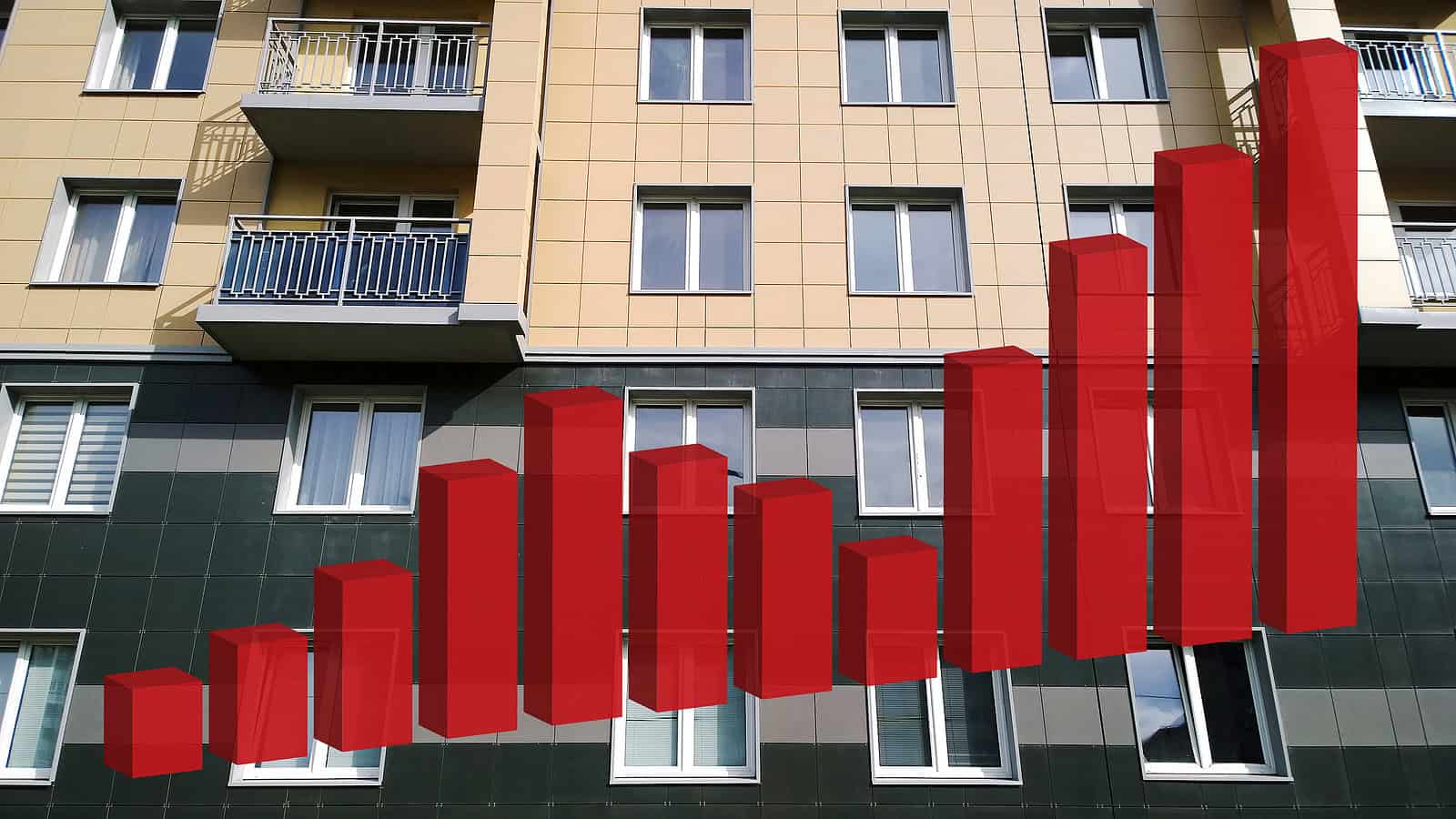Uneven Price Class Performance
Market conditions for Greater Fort Worth multifamily have shown encouraging signs of improvement in recent months. New deliveries have begun to subside, and apartment demand has continued to improve. These developments have mitigated average effective rent declines during the winter period.
However, beneath the market-level data, there have been important differences. One area that highlights some of those differences is price class. All numbers refer to conventional properties. ALN assigns property price class based on average effective rent per square foot.
Apartment Demand by Price Class
In the last six months, a period from September through February, Greater Fort Worth net absorption totaled about 1,500 units. This was the highest total for that portion of the calendar in three years and was well above the longer-term average.
Much of the net absorption occurred in the Class A space. A net gain of more than 1,300 leased units in the period was the strongest result in more than five years and marked the fourth time in the last five years that Class A net absorption topped 1,000 units from September through February.
In terms of year-over-year improvement, Class D led the way. After suffering a net loss of approximately 900 leased units in the same period a year ago, the Class D segment managed to add around 250 net leased units in the last six months. This result followed two previous years with a net decline.
The middle tiers were a different story. Class B properties saw net absorption slide from just more than 1,000 units in the same period a year ago to less than 400 net units in the last six months. For Class C, demand was virtually unchanged. Unfortunately, that meant the net loss of around 650 leased units. Only Class C has seen negative net absorption for three straight years from September through February.
Rent Performance Diverged
As would be expected given robust demand and winnowed new supply, Class A rent growth was strong in recent months. A 6% gain in the average effective rent for new leases nearly returned rent growth to the lofty heights on the 2021 – 2022 period. This jump followed two consecutive years of decline for the six-month period.
Positive rent growth was unique to the Class A subset, but there was a silver lining. Class B properties as a group held steady with average effective rent unchanged in the last six months. That was after two straight years of decline in the period. For Class C, average effective rent declined by just over 1% but the same period a year ago saw a 3% slide.
The Class D price tier was the only one of the four for which recent months represented an underperformance compared to a year ago. A 3% decrease in the average effective rent was moderately larger than the approximately 2.5% retreat from the same period a year ago. However, the softening of rent performance did at least come with a robust improvement in demand.
Takeaways
Recent months have generally been encouraging for Greater Fort Worth multifamily. The supply and demand relationship has started to move toward a healthier balance. Rent performance has responded accordingly, including a slowdown in the proliferation of lease concessions.
Even so, these improvements have not played out evenly across the market. In apartment demand, the top and bottom price classes have been strong while the middle of the market has struggled. Positive rent growth has been exclusively a Class A phenomenon with the bottom two price tiers still losing ground.
With the traditionally stronger portion of the calendar ahead for the industry, seasonal tailwinds may be just what the doctor ordered for the struggling Class B and C segments of the market.
Jordan Brooks
Director of Market Analytics – ALN Apartment Data
Jordan@alndata.com
www.alndata.com
Jordan Brooks is Director of Market Analytics at ALN Apartment Data. In addition to speaking at affiliates around the country, Jordan writes ALN’s monthly newsletter analyzing various aspects of industry performance and contributes monthly to multiple multifamily publications. He earned a master’s degree from the University of Texas at Dallas in Business Analytics.

